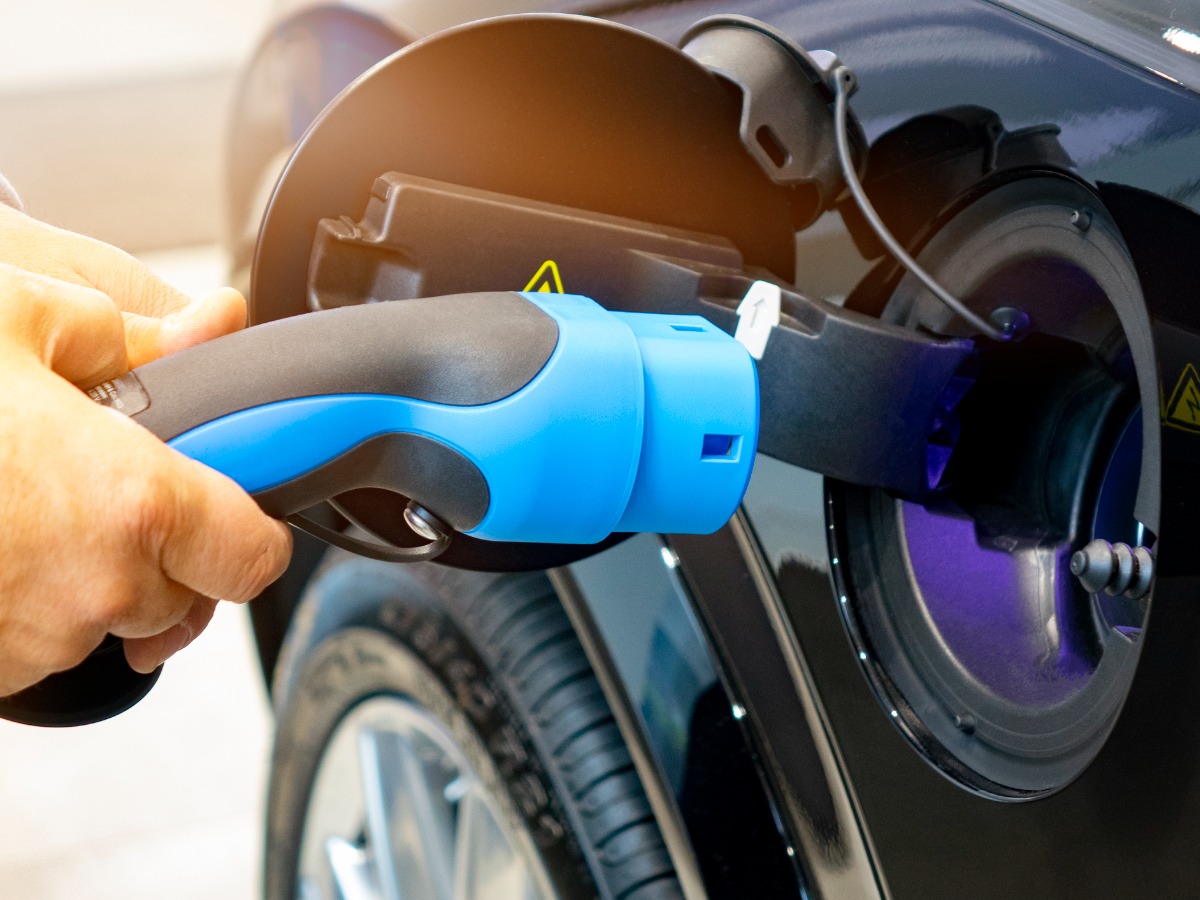The petrol and convenience industry is facing a shift, with retailers needing to plan for the future and ask themselves: ‘Why will the consumer of 2030 visit my roadside outlets?’
A new report featuring insights from 65 global retail leaders and experts, has explored the need for fuel and convenience retailers to refocus their business models on the needs of people rather than vehicles.
The report, The Shape of Food Retailing in the New Normal: Roadside Retail, talks about the transformation of fuel retailing from an interruption during a travel journey to an intentional destination.
So how can you make your roadside retail outlet a destination?
1. Think bigger than electric vehicles:
Retailers must think strategically when it comes to adapting their sites to cater to electric vehicles. Further to the obvious investment in electric charging stations, retailers need to think about what they can offer their consumer to occupy them while their vehicle charges.
“The rise in ownership in electric vehicles will increase the time spent by customers at fuel stations. Fresh food and beverage that reflect customers’ increased preference for healthy, organic or locally sourced ingredients is a large and unexplored opportunity for roadside retailers.
“Appropriate assortments and experience design need to be developed for the future roadside retail outlets, rather than copy-pasting neighbourhood or convenience store formats or renting out space to a few local shop-in-shop operators.
“Cashier-less stores, automation and scan-and-go features can be far more appropriate and financially viable at roadside retail outlets than at convenience stores within the city or neighbourhood. There is a large scope and potential for this format to grow and transform, provided we are willing to reimagine the possibilities and opportunities that this format offers in the days ahead,” Dipayan Baishya, CEO Strategy Future Group, India.
2. The future is data driven:
Paul Boyle, CEO of UK-based Retail Insight, explores how leading retailers will leverage technology, including pivoting loyalty strategies from membership to personalisation, automating decisions, item-level inventory management, and more.
“Making sense of near-real-time customer data, intelligent mathematical models, leveraging artificial intelligence and machine learning techniques, can help brands offer highly personalised and relevant recommendations to each individual shopper,” says Boyle.
“This personalisation will be aided by the growing penetration of mobile apps, paving the way for a new generation of offer capabilities utilising geo-location and proximity identification to deliver the right communication to the right person at the right time.”
3. Challenges and opportunities:
The authors have identified the key growth areas for petrol and convenience retailers as being delivery, fresh food for today, daypart optimisation, and servicing a broad range of consumer mobility needs.
Creating food propositions that evolve throughout the day is a significant opportunity for roadside retail. The ability to service consumers across dayparts can drive incremental sales and footfall and helps operators to justify the level of labour needed to sustain extended food offers.
The authors have defined the dayparts as follows: Breakfast, mid-morning break, lunch, afternoon snacking, dinner, hydration and energy, all-day snacking.
When it comes to home delivery, Theo Foukkare, the CEO of the Australasian Association of Convenience Stores (AACS) questions how it will impact the industry long-term.
“We believe that this shift will continue to dominate the shape of convenience for years to come. The question… is if this will deliver a long-term benefit or become a major threat,” he said.
4. Four critical pillars of success:
The authors contend that thriving retailers will have a foundation of four critical success pillars: consumer relevance, consistent execution, willingness to embrace new operating models and meaningful brand identity.
5. A winning proposition:
The pandemic demonstrated the resiliency of the convenience and roadside retail model. The diversity of the offer from fuel and grocery to food and restaurants has enabled it to adapt to adverse trading conditions – dialling up one aspect of the business while another is dialled down.
With structural tailwinds in its favour, the potential for enormous scale through mergers and acquisitions, and the increasing role of technological innovation to drive consumer understanding, offer personalisation and operational profitability, there are huge opportunities for roadside retailers to win in the next five years and beyond.



